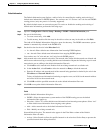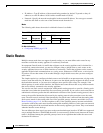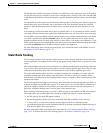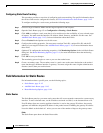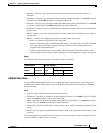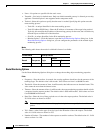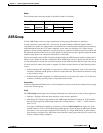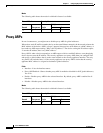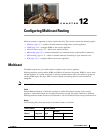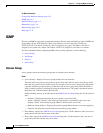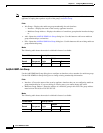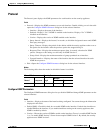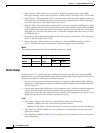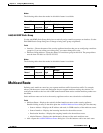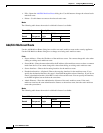
CHAPTER
12-1
Cisco ASDM User Guide
OL-16647-01
12
Configuring Multicast Routing
Multicast routing is supported in single, routed mode only. This section contains the following topics:
• Multicast, page 12-1—enable or disable multicast routing on the security appliance.
• IGMP, page 12-2—configure IGMP on the security appliance.
• Multicast Route, page 12-7—define static multicast routes.
• MBoundary, page 12-9—configure boundaries for administratively-scoped multicast addresses.
• MForwarding, page 12-11—enable or disable multicast forwarding on a per-interface basis.
• PIM, page 12-11—configure PIM on the security appliance.
Multicast
The Multicast pane lets you enable multicast routing on the security appliance.
Enabling multicast routing enables IGMP and PIM on all interfaces by default. IGMP is used to learn
whether members of a group are present on directly attached subnets. Hosts join multicast groups by
sending IGMP report messages. PIM is used to maintain forwarding tables to forward multicast
datagrams.
Note Only the UDP transport layer is supported for multicast routing.
Fields
Enable Multicast Routing—Check this check box to enable IP multicast routing on the security
appliance. Uncheck this check box to disable IP multicast routing. By default, multicast is disabled.
Enabling multicast enables multicast on all interfaces. You can disable multicast on a per-interface basis.
Modes
The following table shows the modes in which this feature is available:
Firewall Mode Security Context
Routed Transparent Single
Multiple
Context System
• — • ——



